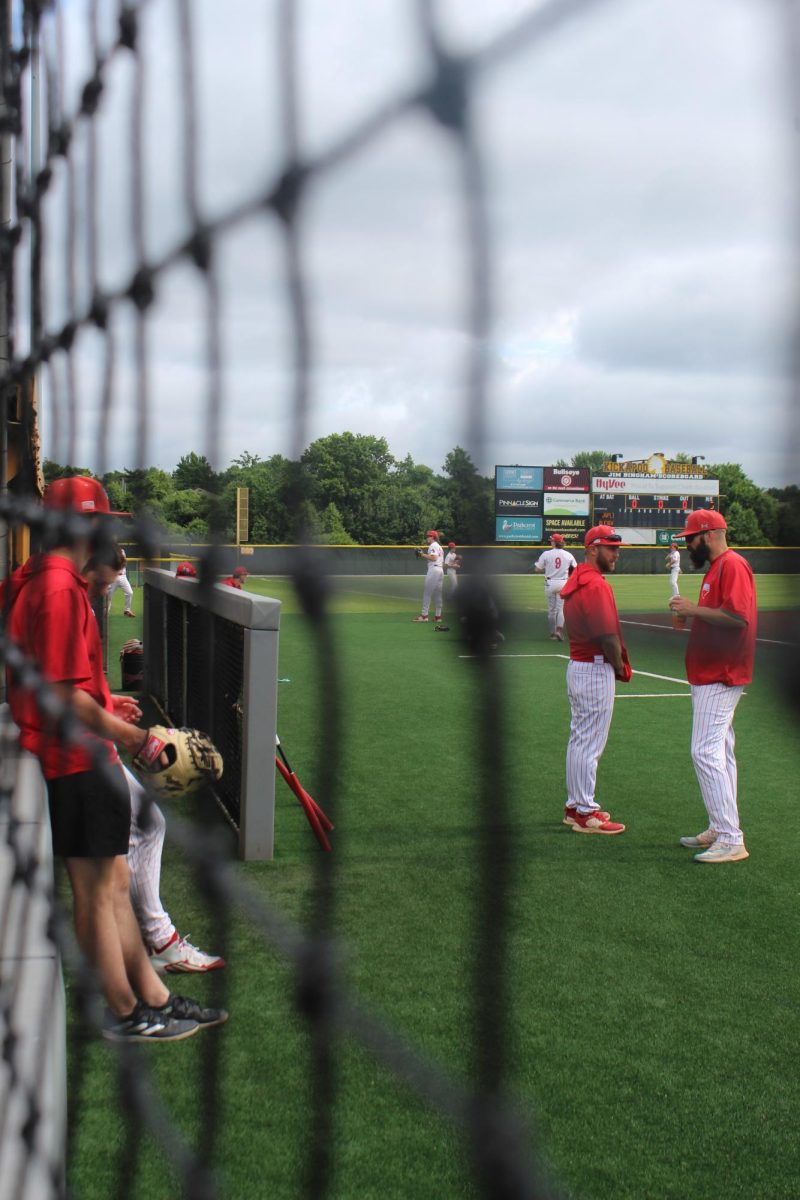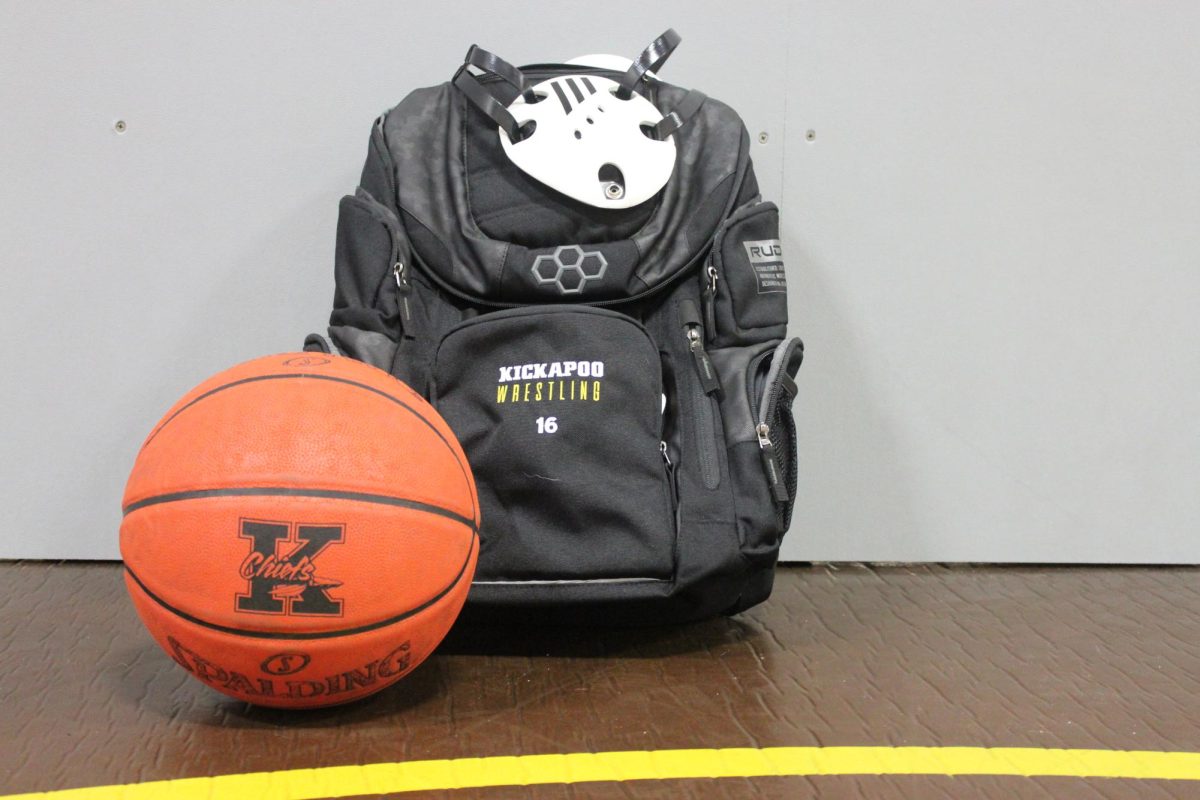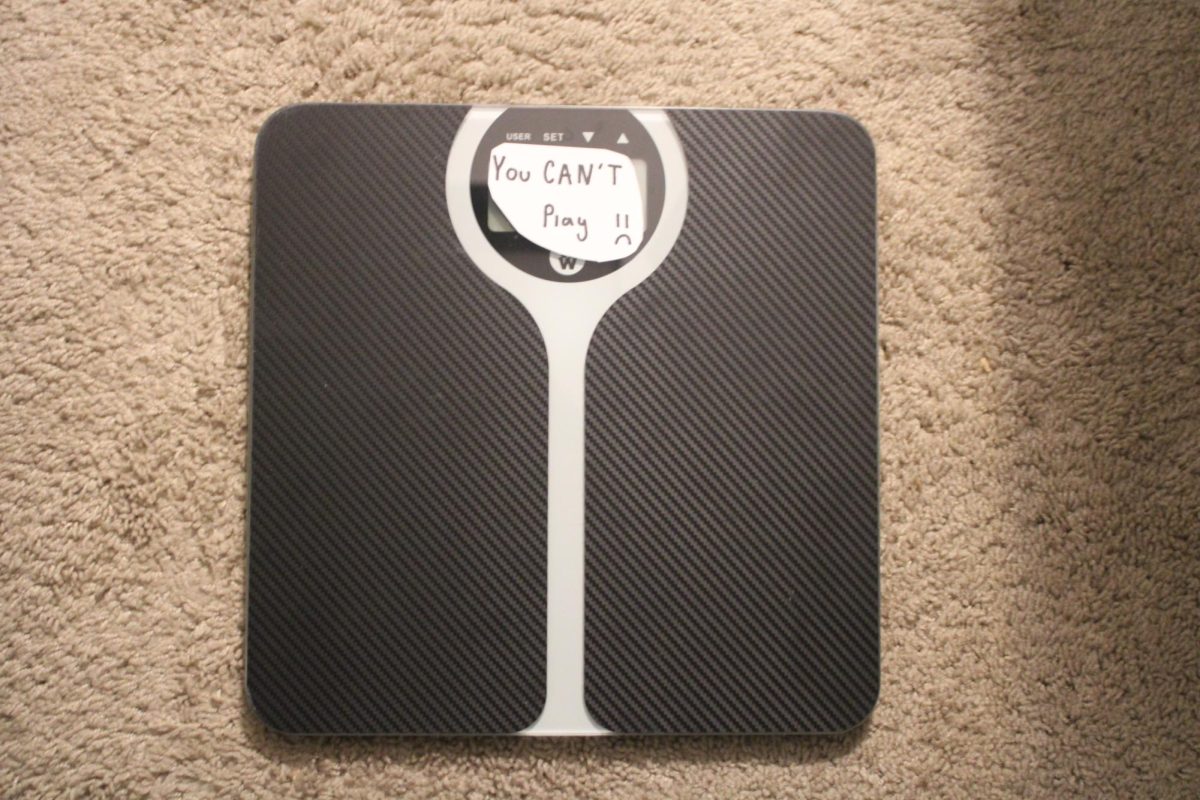With the participation of the sport rising many kids are getting involved and being too harsh on their bodies.
I have dealt with arm issues in the past when playing baseball. After pushing myself the farthest I could and throwing pitches like a slider or curveball, my tendons became overstretched. This caused me to overcompensate for my elbow and end up hurting my shoulder, leading me to quit playing baseball.
A majority of injuries in baseball happen to the arm. This comes from repetitive stress on the tendons or muscles in the shoulder and elbow. The constant strain increases the likelihood of injuries to the arm, many of which need surgery to fix. The most common of the surgeries is Tommy John surgery.
Tommy John surgery came about in 1974. It was commonly seen in pitchers and was used to fix what was frequently called a dead arm. This is where your velocity on your throws drops and there is a tingling in your arm to the point you can’t feel your arm.
Sadly, 57 percent of Tommy John surgeries are now performed on kids ages 15 to 19 according to Major League Baseball, and create long recovery times of at least 9 months for young kids. The surgeries are usually successful but not always a permanent fix and may not always allow the arm to regain full strength.
Some of the leading reasons for this are the speed and high-stress moments by pitchers increasing, causing kids to feel the constant need to throw harder. Another reason that is commonly seen is too much stress put on a young kid’s arm from throwing too much or throwing certain pitches such as a slider, that put more stress on a kid’s arm.
Dr. Timothy Kremcheck, the team doctor for the Cincinnati Reds, says kids should throw no more pitches than six times their age. Major League Baseball organizations themselves say that the kids should throw no more pitches than six to eight times a kid’s age until they have fully matured.
With all this research out there as to how much kids should throw and the ways to stretch and protect the arm, some parents and coaches still seem to ignore it.
Oftentimes, players get pushed past these limits because the coaches care more about Little League championships than protecting the health of their players.
Recently, I witnessed this happen. I was at an 11U boys baseball tournament watching Kickapoo’s youth team play Lebanon. In this game, the kid pitching for Lebanon threw over 120 total pitches as an 11 year old boy after throwing roughly 50 pitches the day before.
Lebanon coaches were open with the Tribe coaches and said that this pitcher was their best option and that they were willing to throw him up to 300 pitches on any given weekend as long as it gave them the best chance to win a championship.
After the game, when teams were shaking hands, the Lebanon pitcher was holding his arm out with his other hand and complaining about pain in his arm after throwing the whole game.
This showed me that parents, coaches, and spectators need to be more aware of kids’ limits so that they can protect their futures with the sport. There also needs to be more information readily available to parents and coaches about arm protection. Finally, there needs to be increased workouts to help kids build arm strength and velocity without constantly throwing and putting stress on the arm.







